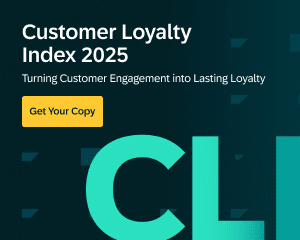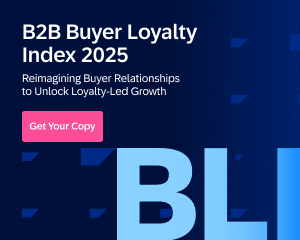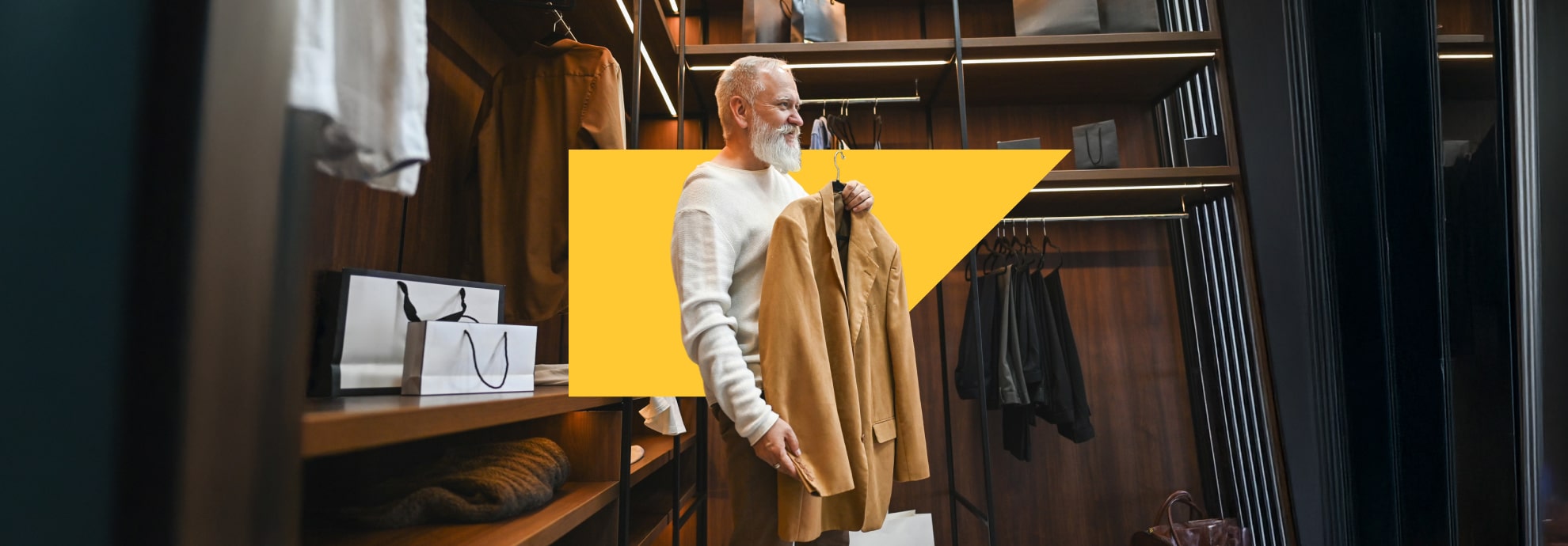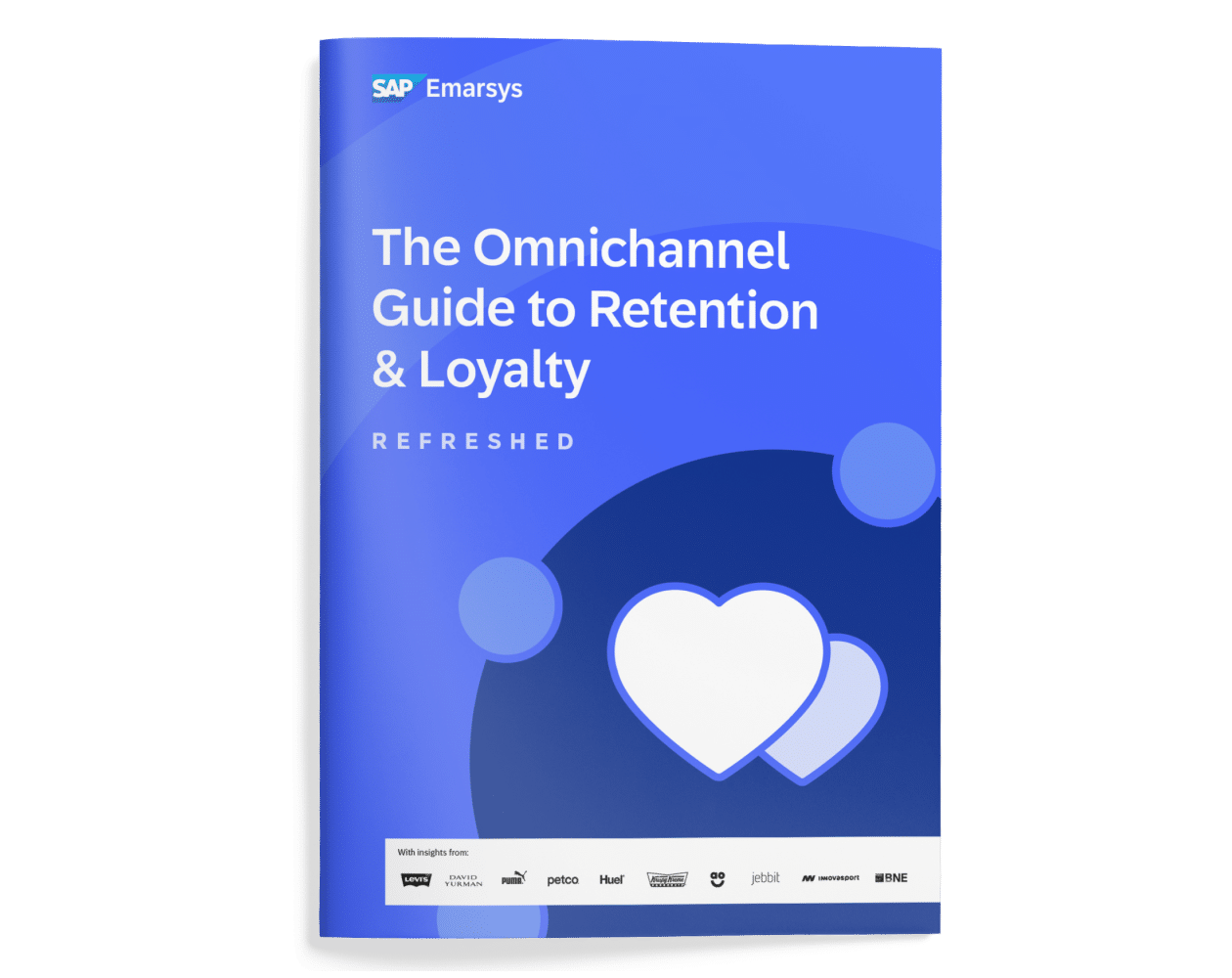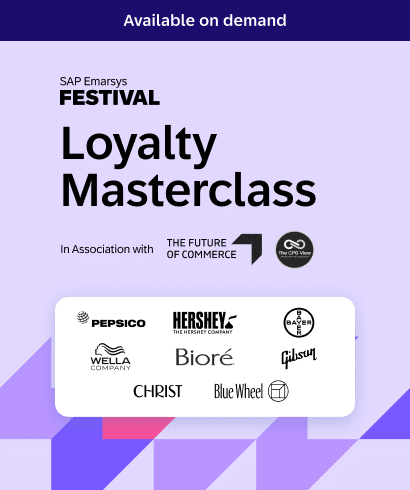Explore our complete guide to customer loyalty, including how to create more loyal customers, ways to build a customer loyalty program, and other important resources.
What is Customer Loyalty?
Customer loyalty is a customer’s willingness to interact with a brand or purchase a specific product on an ongoing basis due to the favorable experiences they associate with that company. Loyal customers are your best brand advocates. They add value to and grow your business through word-of-mouth and face-to-face interactions they share with the individuals in their circles. In fact, customer loyalty is imperative to the success of any brand.
If you place customer value at the heart of every product or service you offer, prioritize customer satisfaction, and encourage positive shopping experience across every channel, then you will have customers willing to buy from your brand over and over again.
Why is Customer Loyalty Important?
Any good brand should aspire to attract and retain satisfied customers to drive continued revenue and conversions. A customer loyalty focus fosters trust between your brand and customers — when customers are encouraged to return to your company, they experience a higher level of value and satisfaction that is superior to the potential benefits they could get from a competitor.
Actually, shoppers spend more time and money with the companies they trust. Data shows that – when compared to new customers – loyal customers spend 67% more on products and services. These loyal customers might make up only 20% of your entire audience, but when they are properly engaged, they can provide up to 80% of your overall revenue.
It’s also 5x easier to retain an existing customer than it is to acquire a new one. By focusing on existing customers, you can encourage repeat purchases and increase the likelihood that those customers will spend more over their lifetime with your company.
In an oversaturated e-commerce market, loyalty is especially critical for better business outcomes. But just how do you convert satisfied customers into loyal, brand advocates?
4 Ways to Build Customer Loyalty
There are a number of ways to build customer loyalty. Below, we outline four of the most important ones:
1. Understand what your customers want — and deliver
When it comes to building loyalty, your brand must create omnichannel accessibility and understand the kinds of incentives and benefits your target audience prefers. This will depend on your business model, organizational goals, and what your company has to offer. A fashion retailer may see success from helping their customers accumulate points to be redeemed on future purchases, whereas a travel company may offer flight deals or free flights periodically.
2. Leverage data to deliver meaningful, personalized engagements
If your brand isn’t leveraging customer data to personalize incentives, you’re doing it wrong. You’ll need the right mix of true 1:1 personalization in your marketing efforts to put you ahead of the competition. Use customer data to personalize omnichannel interactions and product preferences. This will ultimately lay the groundwork for creating the meaningful connections that lead to lasting loyalty.
3. Encourage customer feedback
Customer feedback and online reviews heavily influence customer loyalty. The process is cyclical — good reviews will drive new prospects to your business; providing top-notch service and products will convert those prospects into customers; and those new customers (if satisfied) will leave more good reviews, further encouraging new shoppers to purchase. The key here is to provide great customer service and pay attention to customer feedback — both good and bad — and adjust accordingly.
4. Offer a unique customer loyalty program
A customer loyalty program is a cost-effective and easy way to keep customers coming back for repeat business. If your business is able to offer something unique, something that differentiates you from the competition, you may gain the competitive edge. When building out your loyalty program, be sure you’re offering a compelling user experience. Keep it mobile friendly, reward a wide range of value-adding activities (inviting friends, joining your email list, etc.), and ensure consistent, data-backed, personalized experiences are at the forefront of your program.
What Is a Customer Loyalty Program?
A customer loyalty program is an incentive-based program that encourages brand loyalty and long-term business by offering customers coupons, intel, rewards, or even freebies. The most common kinds of loyalty programs are based on three models:
- Points: where customers receive points for activities and can redeem those points for a reward at a later date.
- Spend: where customers who spend a certain dollar amount receive a reward.
- Subscription: a monthly or yearly fee that includes a value benefit like free shipping or discounted services.
An effective loyalty program will combine current marketing initiatives with customer data for a truly personalized omnichannel approach.
How to Measure Customer Loyalty
Customer loyalty can be measured using several key formulas, including customer retention rate (CRR), customer churn rate (CCR), and customer lifetime value (CLTV).
Customer retention rate (CRR)
Your customer retention rate represents the percentage of customers who have stayed loyal to your brand over a specific period of time. If your CRR is low, it means you’re retaining fewer customers and loyalty is low. The opposite is true for a high CRR, which means more customers are loyal to your business.
Formula: CRR = ((E – N) ÷ S) × 100
Where:
- E = number of customers at the end of the period
- N = number of new customers acquired during the period
- S = number of customers at the start of the period
Customer churn rate (CCR)
Your customer churn rate, also called the rate of attrition, reflects the percentage of customers lost within a given time frame. A low CCR equates to high customer loyalty because it means your brand is losing fewer customers. Conversely, a high CCR implies lower loyalty and a higher number of lost customers.
Formula: CCR = (L ÷ S) × 100
Where:
- L = number of customers lost during the period
- S = number of customers at the start of the period
Customer lifetime value (CLTV)
Your customer lifetime value indicates the average revenue your company can expect to earn from a single customer over their entire relationship with your brand. A high CLTV means your customers are spending more and contributing more value over time.
Formula: CLTV = (Average Purchase Value × Average Purchase Frequency × Average Customer Lifespan)
Where:
- Average Purchase Value = total revenue ÷ number of purchases
- Average Purchase Frequency = number of purchases ÷ number of unique customers
- Average Customer Lifespan = average length of time a customer continues buying
How SAP Emarsys Can Help Your Brand Earn Customer Loyalty
Customer loyalty affects your business’s bottom line, retention, and your ability to scale. SAP Emarsys Loyalty helps you identify and retain more customers, maximize customer lifetime value and drive membership growth, and maximize your current marketing use cases with a built-in loyalty program that can be activated in days to deliver true 1:1 personalized experiences.
If you haven’t already launched a loyalty program, don’t wait. If you aren’t offering one, your competitors will. Start your loyalty program today by reviewing your current loyalty tactics and strategies, and referencing the resources provided above. A loyalty program is key for achieving the predictable, profitable outcomes your business demands, and the personalized experiences your customers deserve.
